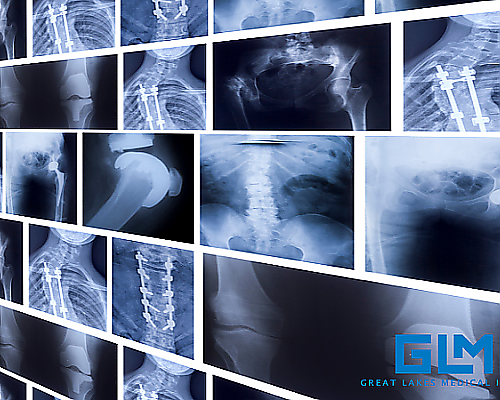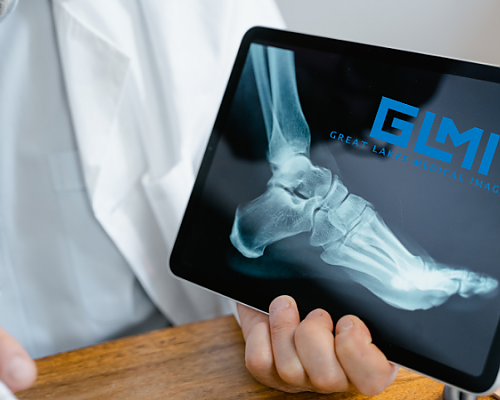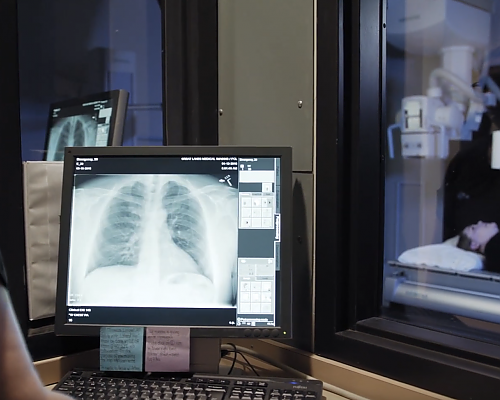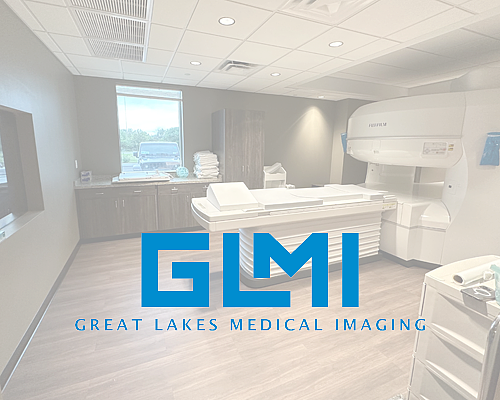Our Blog
What Are the Latest Breakthroughs in Interventional Radiology for Stroke Patients?
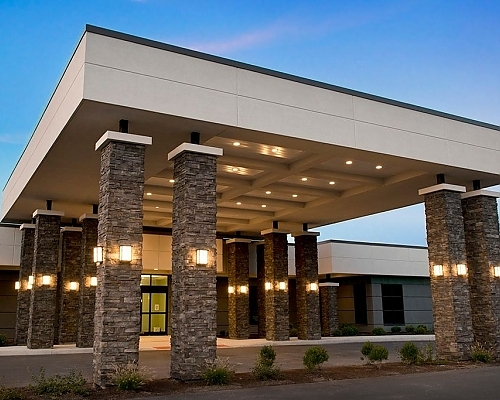
Stroke management has undergone a paradigm shift in recent years, thanks to groundbreaking advancements in interventional radiology (IR). At Great Lakes Medical Imaging (GLMI) in Buffalo, NY, we are committed to integrating these cutting-edge techniques to provide the best care for stroke patients in Western New York. Understanding the latest breakthroughs in this field can offer hope and new treatment avenues for those affected by strokes.
Revolutionizing Stroke Treatment with IR
A stroke occurs when blood flow to a part of the brain is interrupted, either due to a clot (ischemic stroke) or a burst blood vessel (hemorrhagic stroke). Timely restoration of blood flow is crucial to minimize brain damage. Here's how modern interventional radiology is transforming stroke care:
1. Mechanical Thrombectomy: Perhaps the most significant advancement in IR for stroke treatment is mechanical thrombectomy. This procedure involves threading a catheter through the patient's blood vessels to the clot. A device, such as a stent retriever, is then used to capture and remove the clot, restoring blood flow to the brain. This method has shown remarkable success in patients with large vessel occlusions.
2. Advanced Imaging Techniques: Rapid and accurate diagnosis is vital for effective stroke treatment. Modern imaging techniques like perfusion CT scans and MRIs allow for quicker and more precise identification of the stroke's nature and extent. This informs the decision on the most suitable interventional procedure.
3. Enhanced Intravenous Thrombolysis: Intravenous thrombolysis, the process of dissolving a clot using medication, has been a standard stroke treatment for years. Recent advancements have improved its efficacy, allowing for better outcomes when used in combination with mechanical thrombectomy.
4. Minimizing Risks in Hemorrhagic Stroke: For hemorrhagic strokes, IR techniques like coiling or embolization help manage bleeding. These procedures involve inserting coils or other materials into the burst blood vessel, preventing further bleeding while minimizing risks associated with open surgery.
5. Innovations in Post-Stroke Rehabilitation: IR technologies are not limited to acute stroke treatment. They also play a role in rehabilitation, such as in angioplasty and stenting of narrowed blood vessels to improve long-term recovery and reduce the risk of stroke recurrence.
The GLMI Advantage in Stroke Care
At GLMI, we pride ourselves on offering comprehensive care for stroke patients, from rapid diagnosis to advanced treatment, followed by supportive rehabilitation services. Our team of interventional radiologists, neurologists, and rehabilitation specialists work collaboratively, ensuring a cohesive and personalized treatment plan for each patient.
In Conclusion
The landscape of stroke treatment is continually evolving, with interventional radiology at its forefront. These breakthroughs not only improve survival rates but also enhance the quality of life post-stroke. At Great Lakes Medical Imaging, we are dedicated to bringing these life-saving technologies and treatments to our community in Western New York.
For more information on our stroke care services or to schedule a consultation, please visit our contact page. Our expert team is here to provide you with advanced, compassionate care every step of the way.
Disclaimer: This blog article is for general informational purposes only and should not be construed as professional medical advice. Always seek the advice of your physician or other qualified health provider with any questions you may have regarding a medical condition.
‹ Back



